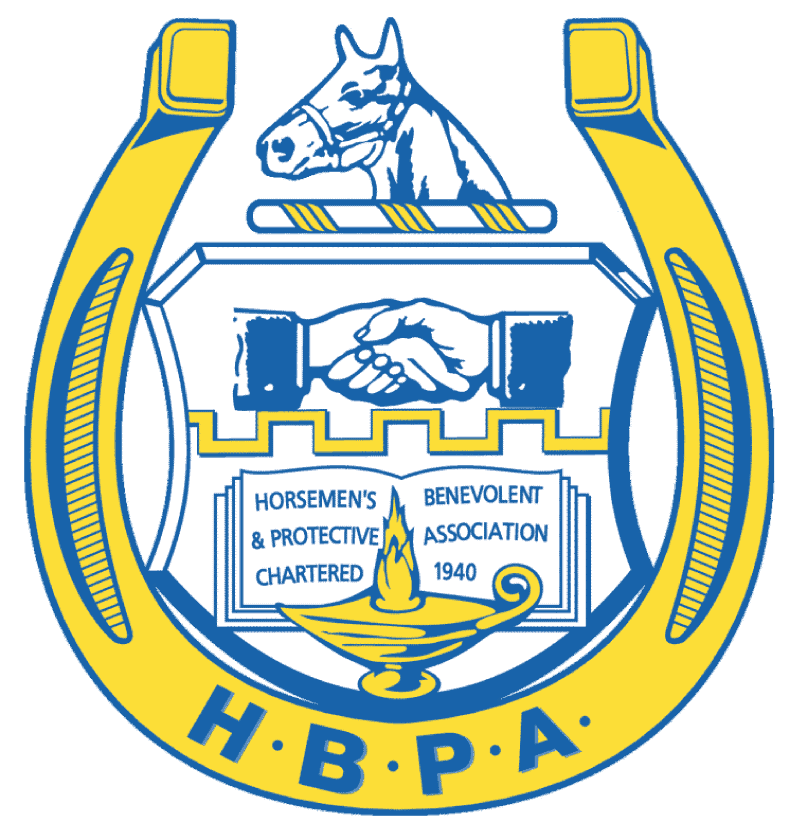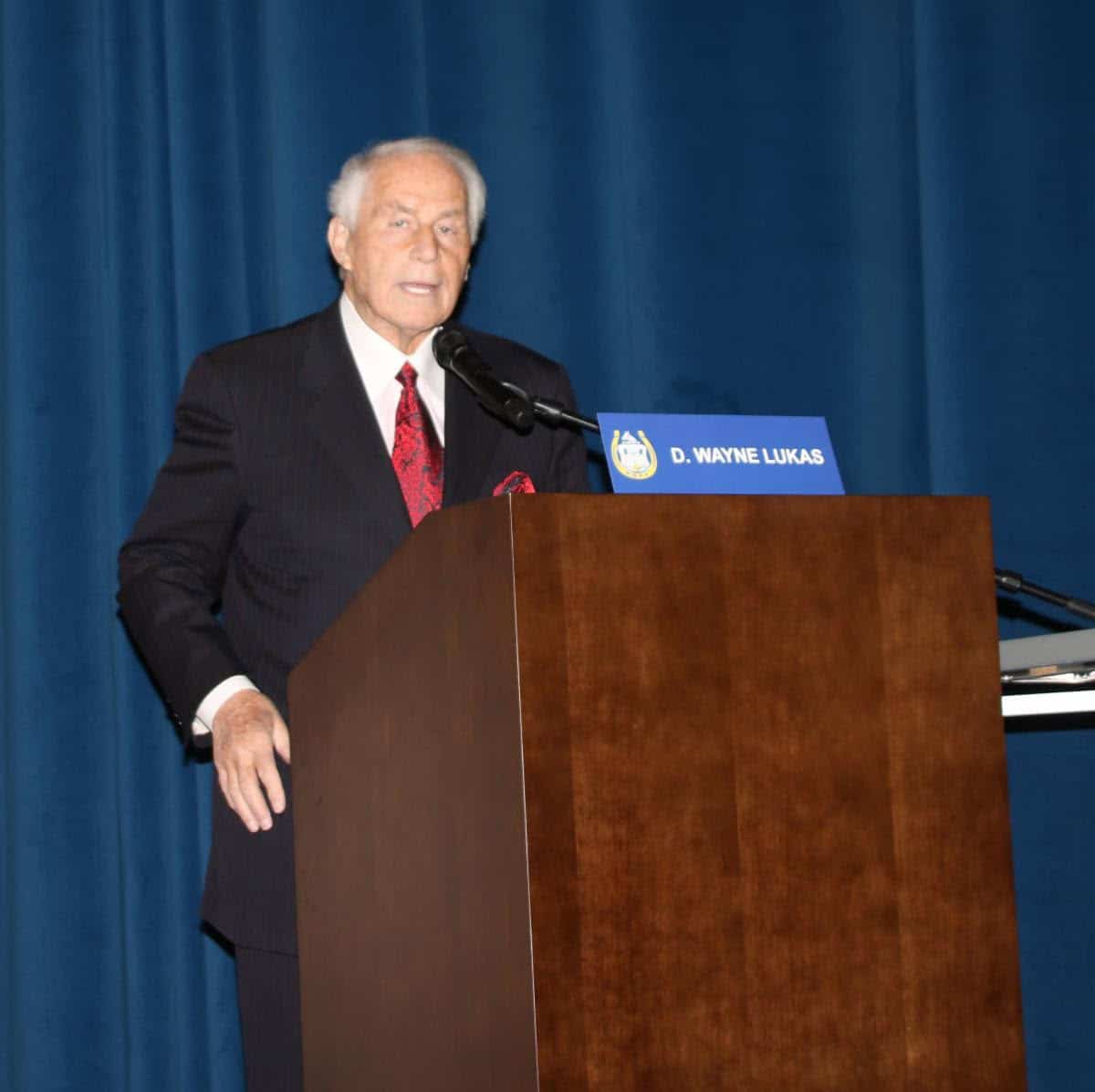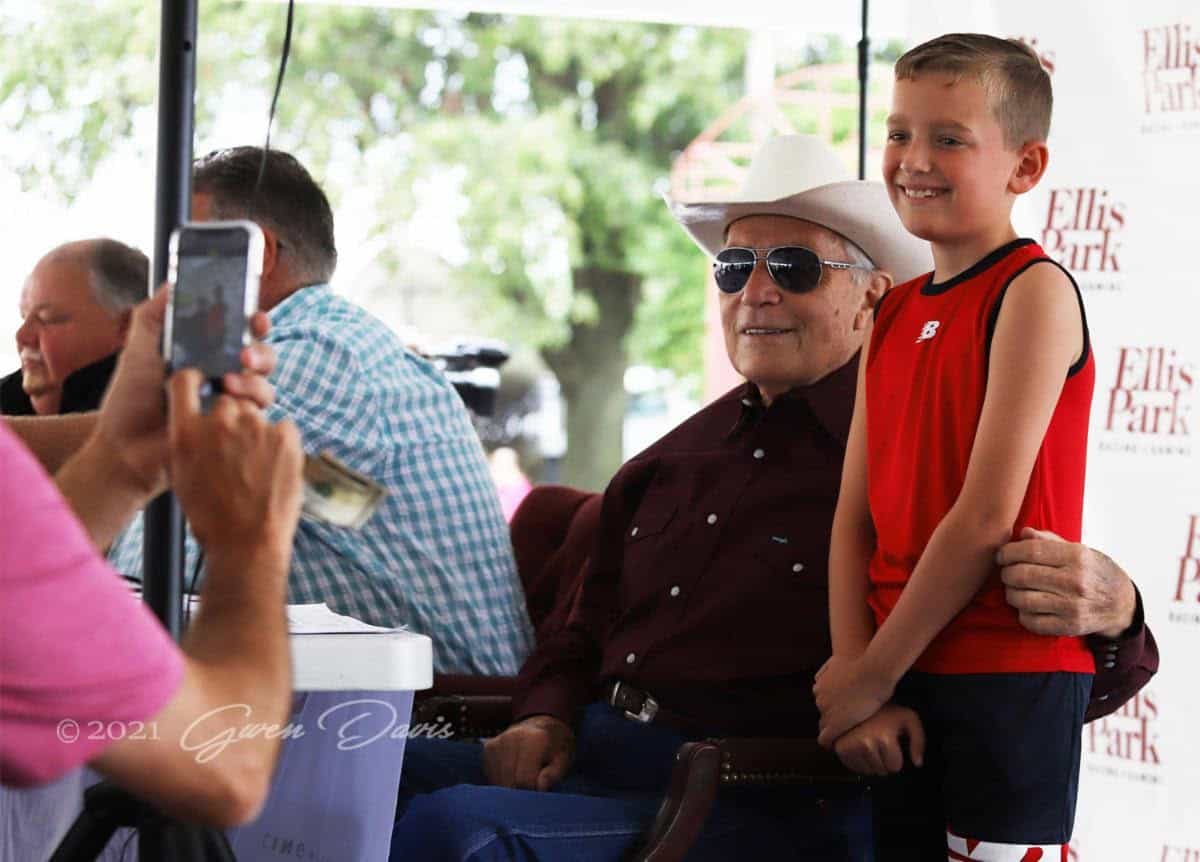Much More Than a Racehorse: A Thoroughbred polo pony teaches his human owner how much horses can do after leaving the racetrack
BY JEN ROYTZ

After leaving the racetrack, Thoroughbreds can use their speed, endurance and competitiveness on the polo field.
Photo by Samuel Rene Halifax – stock.adobe.com
The best teachers are those whose lessons not only stick but last a lifetime. They have wisdom to share and convey it in a way that’s easy to receive, often simplifying what might otherwise be complicated or overwhelming.
A small but athletic bay Thoroughbred gelding named Remington was that kind of teacher, and after learning the ropes playing polo under a professional, he taught Eric Hamelback, CEO of the National Horsemen’s Benevolent and Protective Association, some of his greatest lessons about both polo and life.
It was in high school in Louisiana that Hamelback first picked up a polo mallet, playing sporadically throughout college before taking a hiatus from the sport as his career in the Thoroughbred industry took root. Soon after college he landed a job at Prestonwood Farm (now WinStar Farm) in Lexington, Kentucky, and thanks to a few colleagues and friends who were avid polo players, he found his way back into the sport.
A football player in his younger days, Hamelback enjoyed the competitive aspect of the game. He was playing on horses leased from friend and polo player Hilary Boone but was becoming active enough in the sport that it was time to consider purchasing a horse to start his own string of polo ponies.

Although nothing is known about Remington’s pedigree or if he ever raced, he was already a consummate polo pro when he teamed up with National HBPA CEO Eric Hamelback.
“Remington was playing for a professional polo player in Texas, but at 13 years old he was losing a step speed-wise,” Hamelback said. “I was making trips down to Texas to take yearlings to the training center that fall and told a friend, Mike Dumas, who hauled polo ponies for some of the pros in the area, that I was looking to purchase a polo pony with some experience, and he connected me with Remington.”
Remington knew his job as a polo pony, and he had much to offer as a teacher. While he was old enough to have his silliness and high-strung antics behind him, he was still keen to show all comers that he was faster to the ball, quicker to turn and all-around better than his competitors, and in their first few matches together, that included his rider.
“That horse probably taught me more about the game of polo than any human ever has,” Hamelback said. “He was truly a student of the game, to the point that he understood the line and direction of the ball. He threw me more times than any yearling I’ve ever broke because he followed the ball, regardless of whether I was ready. If I made a back shot [hitting the ball behind you in the opposite direction], Remington immediately turned 180 degrees on a dime to follow the ball, and there were a few times I was left hanging in the air while he chased down the ball.”
The same competitive streak that made Remington a remarkable polo pony nearly put Hamelback in the running of one of the High Hope Steeplechase races.
“The Lexington Polo Club used to volunteer as outriders for the High Hope Steeplechase. When he wasn’t playing, Remington was Mr. Cool and Collected—nothing ever seemed to shake him—so I thought he’d be great for helping at the High Hope,” said Hamelback, laughing as he was about to recount what happened next.
“I’ll tell you what, those horses broke at the start and you’d think Remington was in the race with them. He took off like a shot and it was all I could do to hold him. He was so into the competition of it that he wasn’t about to let a horse beat him. Here I am an outrider nearly getting run off with my own horse!”
Most polo players have a string of horses to swap out from one chukker (playing period) or match to another, and while other horses came and went, Hamelback always revered Remington as his prized mount, so much so that, in the spirit of his first and favorite horse’s name, he gave every one of his polo ponies thereafter a gun-related name, including the likes of Beretta and Shot
Gun Annie.
While Remington still has the remnants of a tattoo, Hamelback regrets that he doesn’t know the horse’s registered name or what he did before playing polo.
Remington stopped playing polo when he was estimated to be approaching his 20s, and thanks to attentive care throughout the years, he is still happy and healthy at approximately 35 years of age (judging by the somewhat legible “M” at the beginning of his lip tattoo—the letter equates to the year a Thoroughbred was born). To put that in perspective, if Remington did indeed spend part of his life as a racehorse, then he might have raced alongside the same crop that included Ferdinand, Snow Chief and Danzig Connection, the winners of the Kentucky Derby, Preakness Stakes and Belmont Stakes, respectively, in 1986.

Remington, at about 35 years of age, is still enjoying his retirement from competition and visits from Hamelback, his former polo partner.
Remington now resides at the farm of neurologist and artist Regina Raab in Paris, Kentucky, just a few minutes’ drive from Hamelback’s home. Raab has even featured Remington in several portraits she painted and displayed in her Gallery St. George, one of which shows him in his heyday carrying Hamelback across the polo field.
As the head of the National HBPA, Hamelback spends much of his professional time attending to the needs of trainers, owners, backside workers and other
horsemen. He is also active and vocal about issues related to Thoroughbred aftercare. While his dedication to the industry’s athletes during and after their racing
careers can largely be credited to his background in both the business of Thoroughbred breeding and racing and as an equestrian, he says it’s also thanks to his decades-long relationship with Remington.
“Remington most definitely influences my perspective on aftercare,” he said. “So often I’ve seen 3- and 4-year-olds coming off the track and I thought ‘he’d be a
beautiful dressage horse,’ or ‘she’s built like the perfect polo pony.’ When it’s a gelding, it’s a lot easier to steer them in that direction than when it’s a well-bred mare,
but it’s long been important to me to help in any way when I can. The most famous horse that I’m listed as the breeder of was an Alphabet Soup filly. She didn’t pan out as a racehorse, but she became a tremendous polo pony for a 10-goal player, and I take great pride in that.
“The horse that taught me more than any other was a horse I never met until he was 13 and well into his second career. He was well past his racing days but still
had so much to offer. His story is far from unique in that respect. These horses have so much to offer when their racing careers are done.”
POLO 101
With its quick bursts of speed and tight turns, polo is a game of skill for both horse and rider. A polo match, which can be likened to field hockey on horseback, is divided into periods, or “chukkers.” Each team consists of four riders, and it is common for riders to bring multiple horses to play in a match, changing mounts between chukkers to allow their horses to rest and catch their breath.
Polo players are the ultimate equestrian multitaskers, simultaneously riding and maneuvering their horses, often at a gallop, with one hand on the reins and the other gripping their polo mallet with an attempt to keep the small plastic ball in play and moving toward the opposing team’s goal.
“Polo ponies,” as the horses are called, must be agile and responsive to the rider’s cues. A competitive streak doesn’t hurt either, as often during matches several horses and riders will chase after the ball, with the one getting to it first helping to direct the course of the match.
As such, polo ponies are often Thoroughbreds—many are former racehorses—usually under 15.3 hands and typically mares rather than geldings.
“Polo players typically like horses ranging in height from 14.3 to 15.2 hands with a compact build, shorter neck and compact back,” said Justin Powers, director of club development for the United States Polo Association.
Growing up in a racing family (both his father and grandfather trained racehorses and played polo), Powers has spent much of his lifetime on the backside of Mountaineer Park in West Virginia, where his father’s stable is based. There, he serves as an agent for polo players and polo pony trainers looking for prospects, always searching for horses that might adapt well to the game.
“In recent years Valid Expectations has dominated polo bloodlines, so much so, in fact, that after his race-breeding career ended, he was bought by a polo operation specifically to breed for polo,” said Powers about the former leading racehorse stallion in Texas. “We’ve also had success with offspring of Thunder Gulch and Magna Graduate, both of whom have a wide, stocky and muscular build that is perfect for polo. You’ll also find Storm Cat in the pedigrees of many of today’s top polo ponies.”





